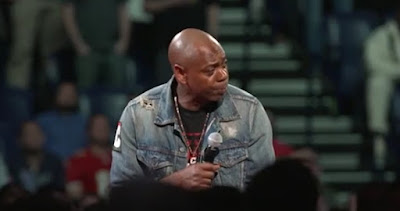 |
| Photo by NEOSiAM 2021 from Pexels |
Of the 2 million students taking their high school finals in India, only 25 are transgender.
2,097,128 Indian sophomore students registered for end-of-year exams, called class X exams, and 112,896 for the senior exams, called class XII in India.
The 2011 census, the first that included a category for Male, Female, and Other, found that there should be approximately 54,854 transgender children attending school this year.
According to the wire.in., only 19 and six transgender students registered respectively for class X and class XII exams conducted by the Central Board of Secondary Education (CBSE) in 2020.
The 2011 Census also revealed that cisgender males had the highest literacy rate of 54%. Cisgender women had the lowest literacy rate at 25.5% and "others" (a broad swath of gender nonbinary people) was found to be at 34%.
Recognising the urgency to address gender disparities in education, National Council of Educational Research and Training (NCERT) in Delhi released a new publication titled Inclusion of Transgender Children in School Education: Concerns and Roadmap. It was available for anyone to download freely from the NCERT website. The project was coordinated by Dr Poonam Agrawal, Professor and former Head, Department of Gender Studies, NCERT.
The training material explained concepts such as gender identity, gender incongruence, gender dysphoria, gender affirmation, gender expression, gender conformity, gender variance, heterosexuality, homosexuality, asexuality, bisexuality, transnegativity, among various others, through a detailed glossary. It also provides definitions of terms that people use to identify themselves; some of these are gender fluid, agender, transfeminine, and transmasculine, according to First Post.
Dr Agrawal said, “The inclusion of all children is part of our mandate as an institution, so we decided to prepare training material that would sensitise teachers and teacher educators about the lived experiences, achievements, struggles, and aspirations of transgender and gender-nonconforming children. To make this happen, it was important to partner with people who belong to these communities, and are in close contact with grassroot-level realities.”
A complaint from Sanjay Vinayak Joshi, a prominent right-wing Hindu nationalist alledged that that the manual was a “criminal conspiracy...to psychologically traumatise school students under the name of gender sensitisation”. This spawned multiple vitriolic social media comments which combined resulted in the removal of the all-important teachers manual.
As a result of the complaint, the open letter claims, two of the three senior-most faculty members from the NCERT’s Department of Gender Studies who helped design the first-of-its-kind manual were transferred to other departments.
Over 700 LGBT groups, teachers, and individuals have signed an open letter decrying the removal of the manual and in support of those who were transferred from positions of leadership following its publication.
The manual, titled ‘Inclusion of Transgender Children in School Education: Concerns and Roadmap’, was produced by a group involving Poonam Agrawal, professor and former Head of the NCERT’s Department of Gender Studies; Mona Yadav, professor and Head of the Department of Gender Studies; Mily Roy Anand, Professor in the Department of Gender Studies of the NCERT; Rajesh, who is a professor in the Department of Adult and Continuing Education and Extension at the University of Delhi; L. Ramakrishnan, Vice-President of Solidarity and Action Against the HIV Infection in India (SAATHII); Bittu Rajaraman-Kondaiah, Associate Professor of Biology and Psychology at Ashoka University; Manvi Arora, independent researcher; Priya Babu, Managing Trustee at Transgender Resource Centre, Madurai; Vikramaditya Sahai, Associate at the Centre for Law and Policy Research (CLPR), Bengaluru; Astha Priyadarshini, Junior Project Fellow; and Pawan Kumar, Desktop Publishing operator.
The document is the outcome of the NCERT’s engagement with gender and sexuality-related questions following the Supreme Court’s NALSA judgment in 2014. The manual, formulated by the Department of Gender Studies of the NCERT, was meant to sensitize teachers and teacher educators to the needs of transgender or gender non-conforming students in schools, focusing on helping them integrate so as to improve their access to education.
